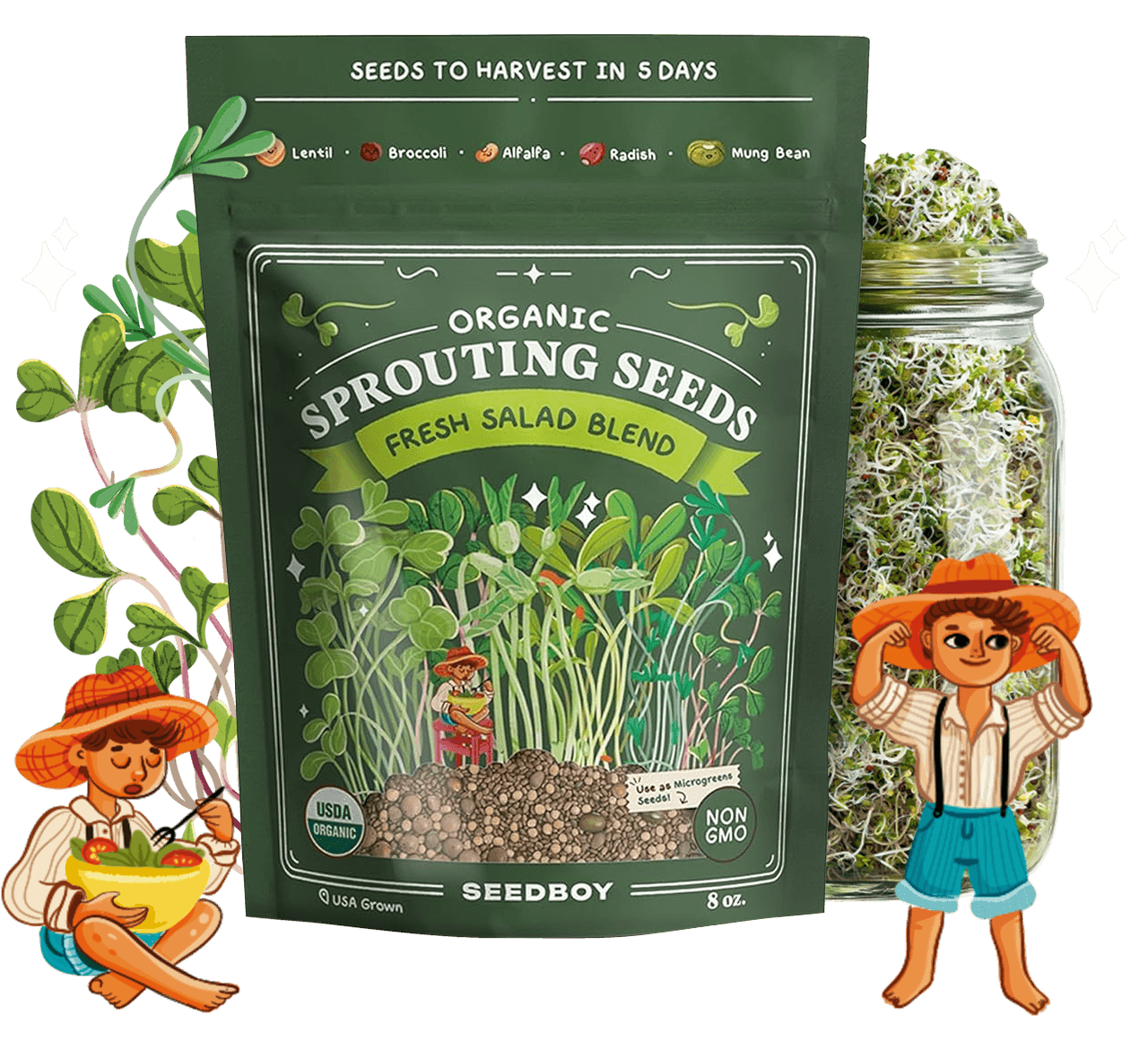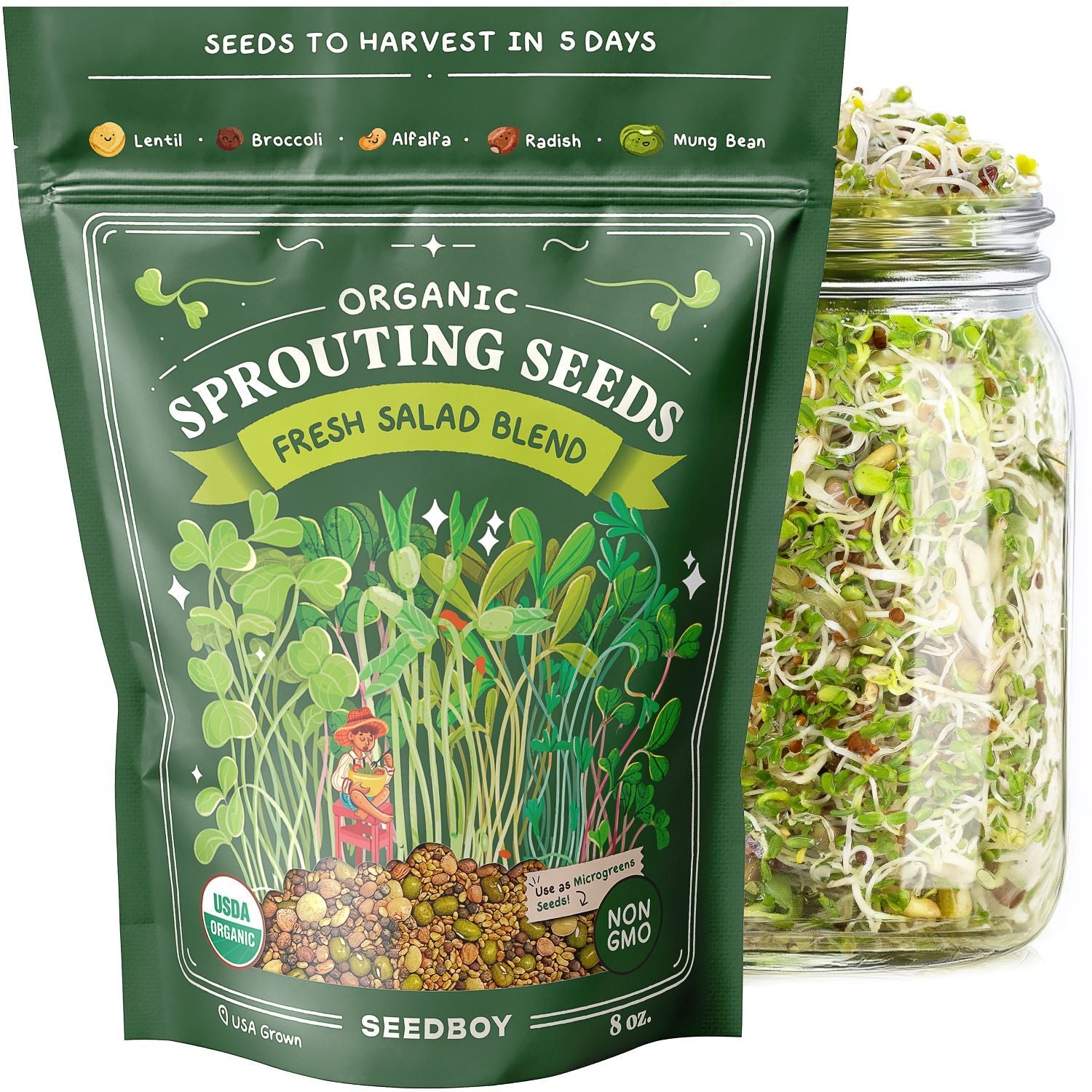
GROW GUIDE
Crookneck Squash
Cucurbita pepo var. torticollia
Plant Description
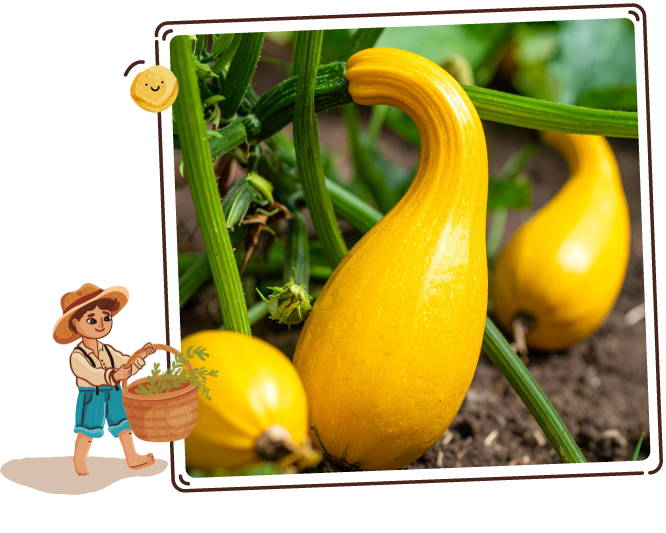
Crookneck Squash
A vibrant summer squash recognized by its distinct curved neck and golden-yellow skin.
This garden favorite, belonging to the gourd family, is prized for its tender texture and mild, buttery flavor that enhances a variety of savory dishes.
Quick Facts:
-

Sun Requirements
Full Sun
-
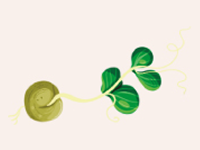
Days To Sprout
7-14 Days
-
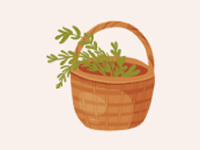
Days To Harvest
50-60 Days
-
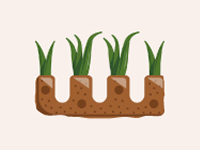
Plant Spacing
18-24"
-
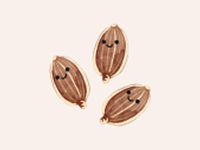
Seeds Per Hole
3
-
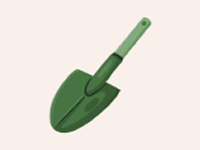
Planting Depth
1"
Best Planting Locations
-

Garden Beds
Thrives in well-drained, nutrient-rich soil with plenty of space to spread.
-

Raised Beds
Provides excellent drainage and warmth, promoting healthy root development.
-

Containers
Containers with a minimum capacity of 5 gallons are perfect for small spaces, ensuring controlled soil conditions and easy maintenance.
-

Hills & Mounds
Encourages strong root growth and prevents waterlogging in heavy soils.
Getting Started
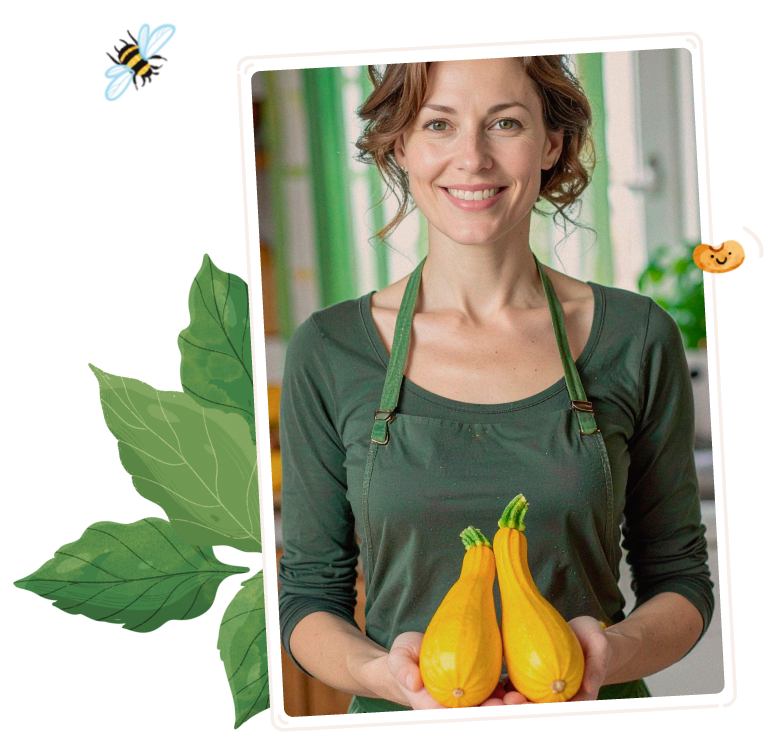
-
1
Find the Spot
Crookneck squash loves warm, sunny conditions. Choose a spot that receives at least 6 to 8 hours of direct sunlight daily.
-
2
Prep the Soil & Fertilizer
Thrives in well-draining soil that's rich in organic matter with a slightly acidic to neutral pH. For optimal growth, add compost, aged manure or use a balanced, slow-release fertilizer.
-
3
Plant the Seeds
Plant 3 seeds or 1 seedling 1 inch deep in well-drained soil. During germination, keep the soil consistently moist, but not soggy, and place in a sunny spot with temperatures between 70° to 95° F.
Once the seedlings emerge, thin to the strongest plant and space them 18 to 24 inches apart.
Good Neighbors:
-
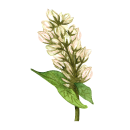
Buckwheat:
Buckwheat brings in pest predators which reduce harmful pests
-

Nasturtium:
Nasturtium protects against aphids and whiteflies
-
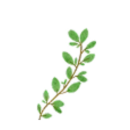
Oregano:
Attracts pollinators
-

Zinnias:
Attracts pollinators
Enemy Plants:
-
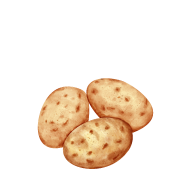
Potato:
Compete for nutrients and space, and both are susceptible to similar pests
-
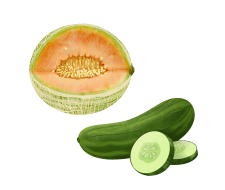
Cucumber & Melon:
Prone to similar pests & diseases
Attractants:
-
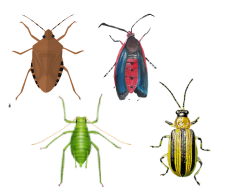
Squash Bugs, Squash Vine Borers, Aphids & Cucumber Beetles:
Squash is a food source
Repellents:
-
No known repellents
Best Time to Plant
USDA Hardiness Zones

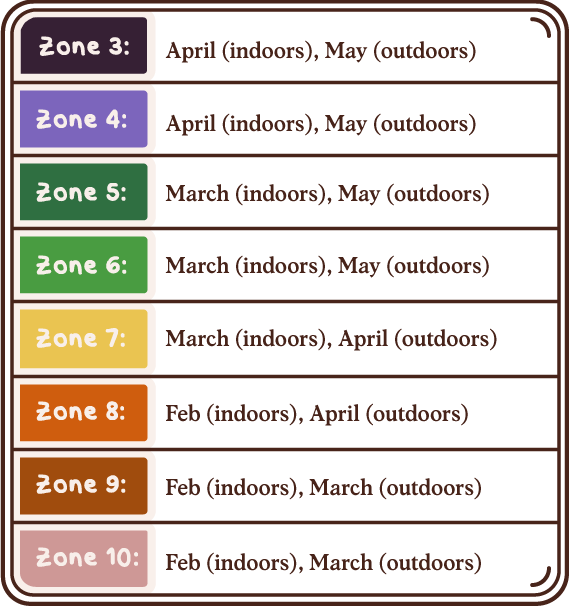
Day to Day Maintenance

-
Watering
Water regularly to keep the soil consistently moist but not soggy. Crookneck squash prefers deep watering to promote strong root development. Be mindful not to water overhead, as wet leaves can encourage disease.
-
Pruning
Prune any dead or damaged leaves to improve airflow and prevent pests. As the plant grows, remove any excess foliage at the base to allow the squash to spread and develop healthy fruit.
The Harvest
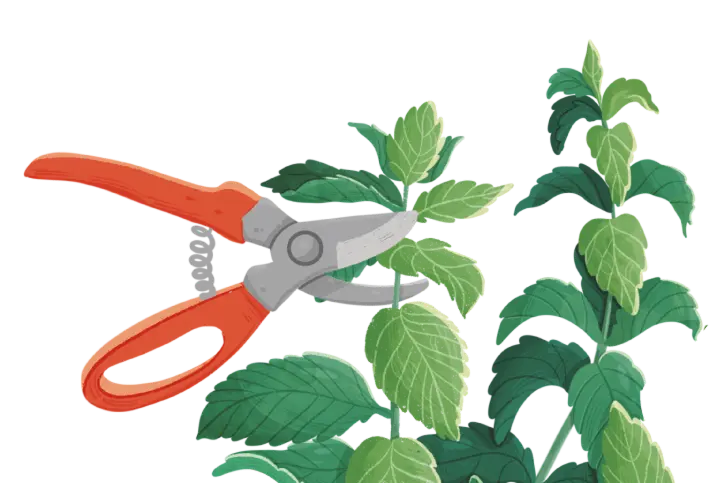
-
Gathering
Harvest crookneck squash when it reaches 4 to 6 inches long and the skin is tender. The more frequently you pick, the more the plant will produce.
-
For the best texture and flavor, harvest in the morning when the squash is firm and fresh. Avoid leaving overripe fruit on the plant, as it can hinder new growth.
Favorite Uses
-
Grilled
-
Soup
-

Casserole
-

Baby Food
-
Roasted

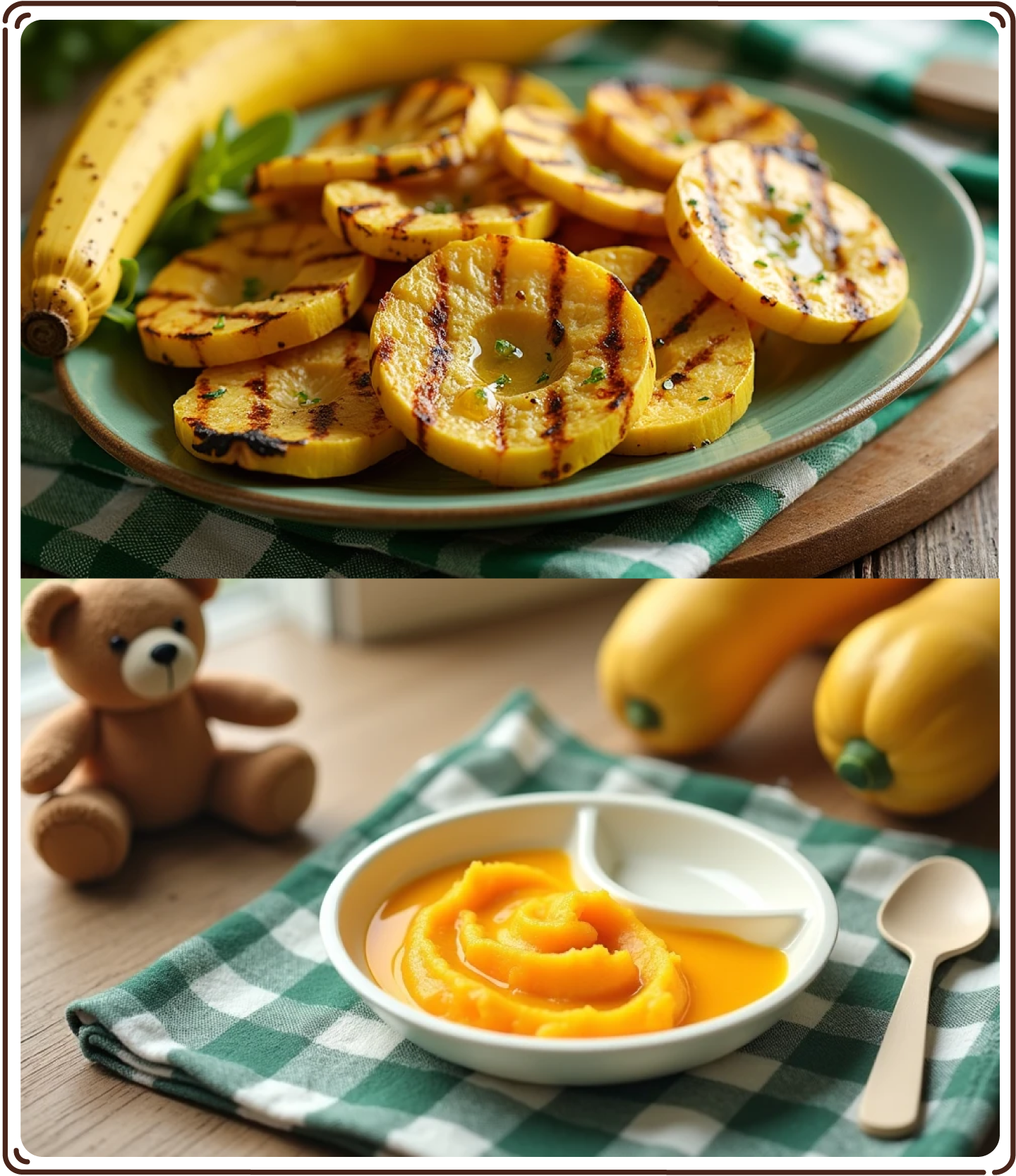
How to Store
-
Room Temperature
Duration: One week
Location: Keep on a countertop away from direct sunlight
Method: Place unwashed crookneck squash in a bowl or basket to allow air circulation. Ensure the squash is dry to prevent mold.
-

Refrigeration
Duration: One week
Location: Store in the refrigerator crisper drawer
Method: For longer freshness, place squash in a breathable produce bag or paper towel to absorb excess moisture, which helps prevent spoilage.
-

Freezing
Duration: Several months
Location: Store in the freezer
Method: Blanch the squash slices in boiling water for 2 to 3 minutes, then cool them quickly in ice water. Pat dry, spread the slices on a baking sheet, and freeze before transferring them to a freezer-safe bag or container.
-
Drying
Duration: Several months
Location: Warm, dry, and well-ventilated area out of direct sunlight
Method: Use a dehydrator or an oven on the lowest setting to dry the squash slices. Once fully dried, store in an airtight container in a cool place.
Fun Facts

-
A Squash for the Family
Crookneck squash is a member of the gourd family, which includes pumpkins, zucchinis, and other summer squash, all known for their versatility in the kitchen.
-
Rich in Nutrients
Crookneck squash is packed with vitamins A and C, as well as potassium and fiber, making it a nutritious addition to your meals.
-
Native to the Americas
This summer squash is native to North and Central America, where it has been cultivated for centuries by indigenous peoples.
-
Pollinator Favorite
The bright yellow flowers of crookneck squash attract bees and other pollinators, helping to support a healthy garden ecosystem.
Subscribe to our Newsletter: "The Small Garden Chronicles"
Where curious growers gather for garden inspiration.
